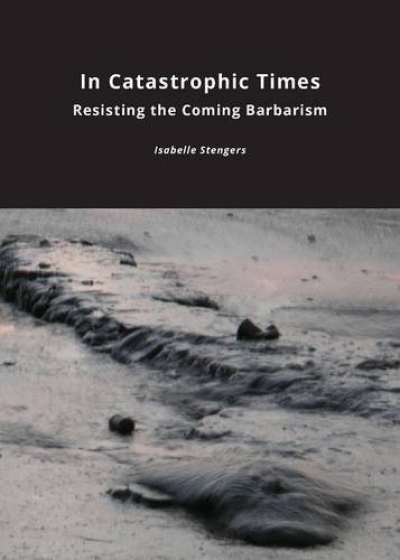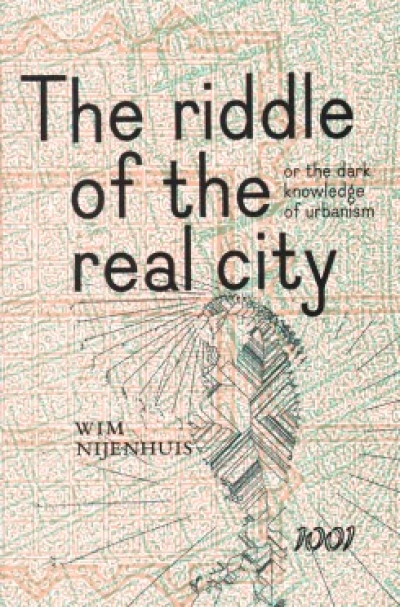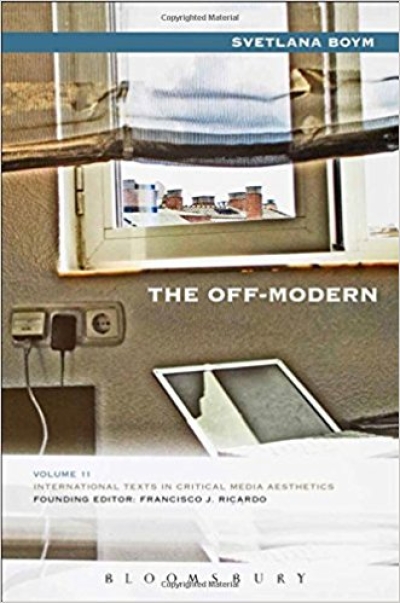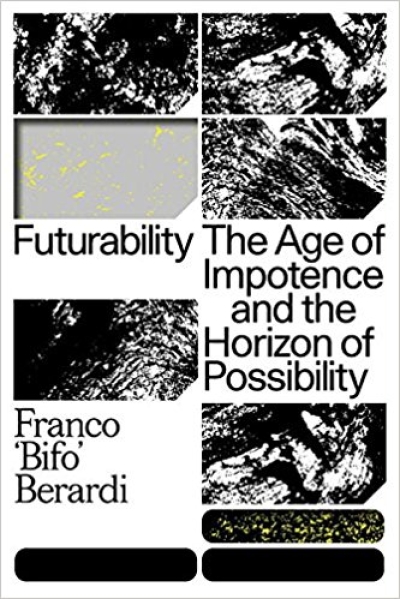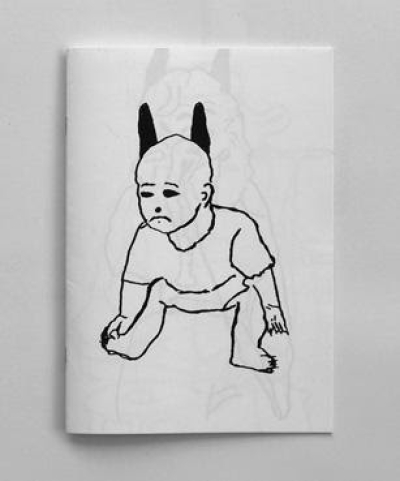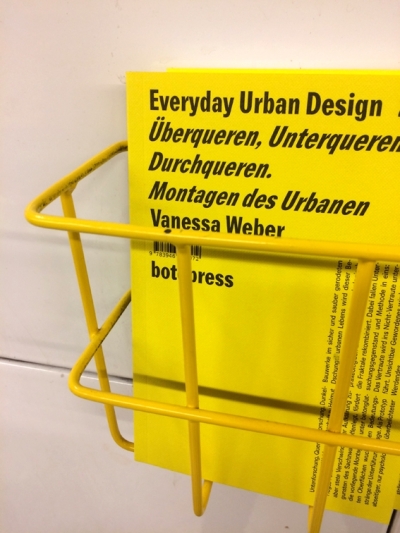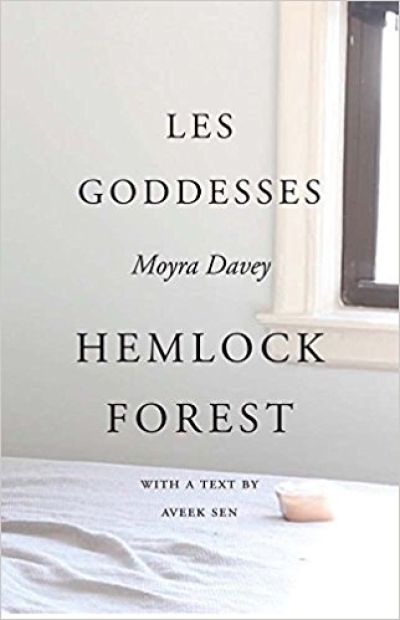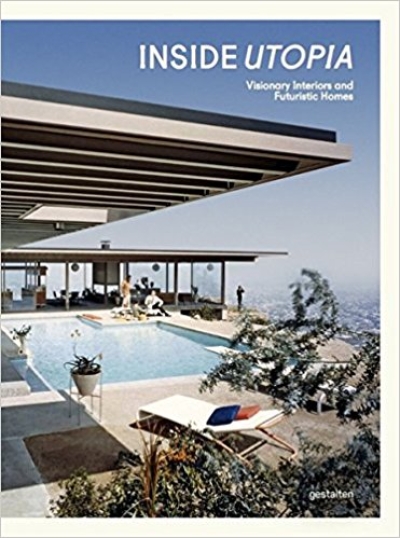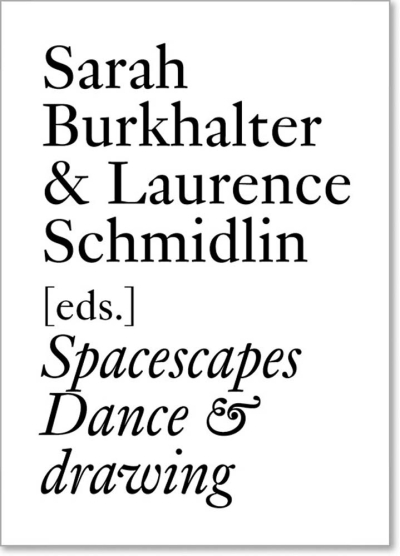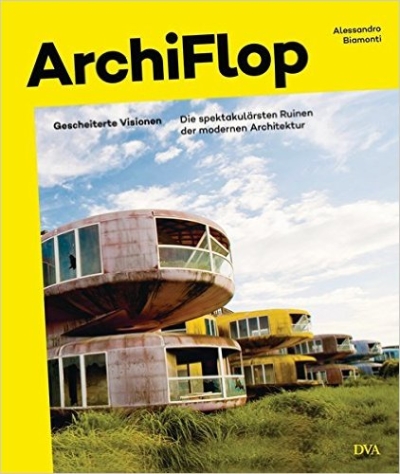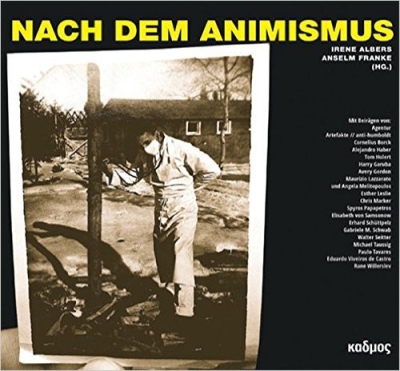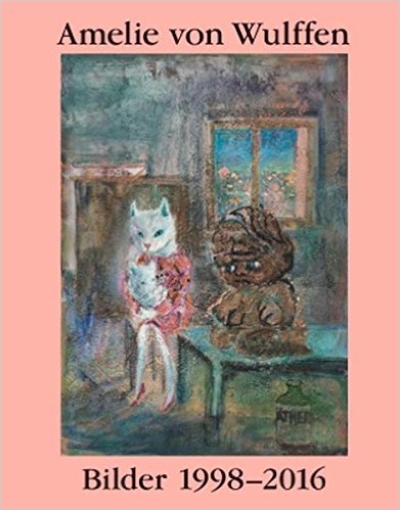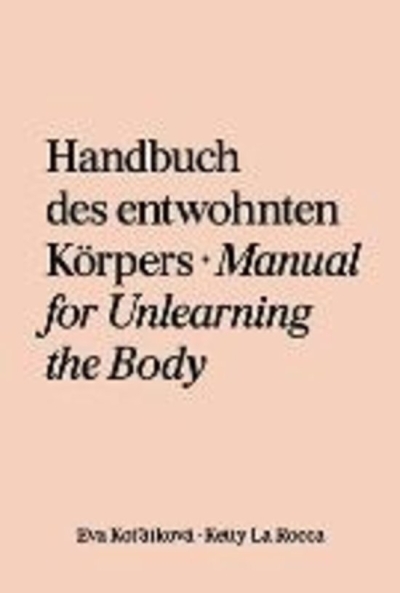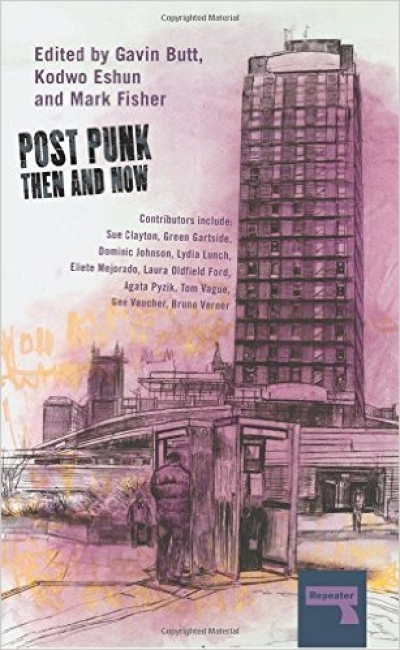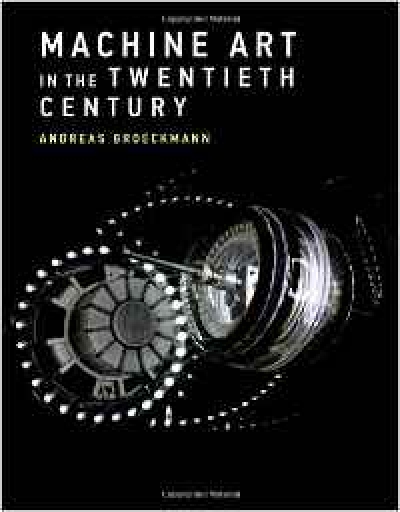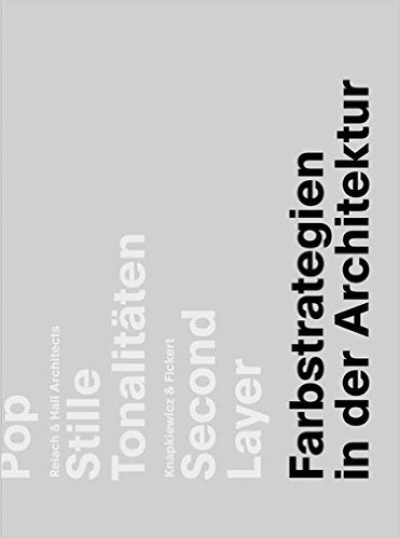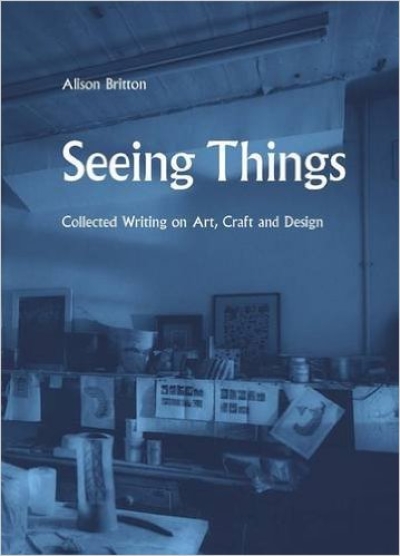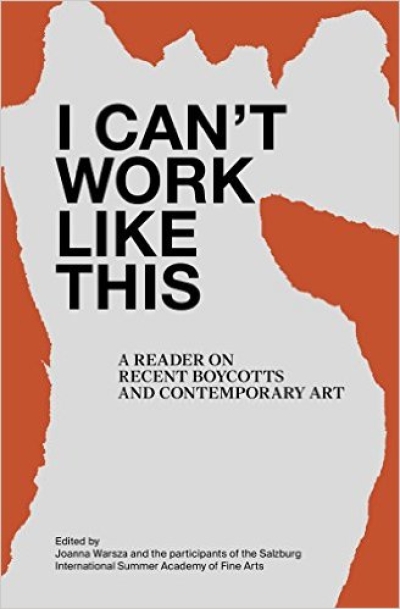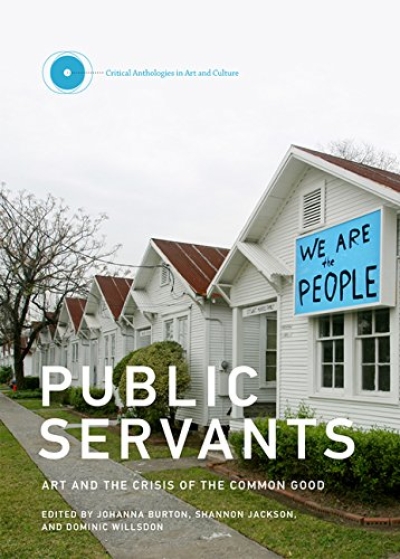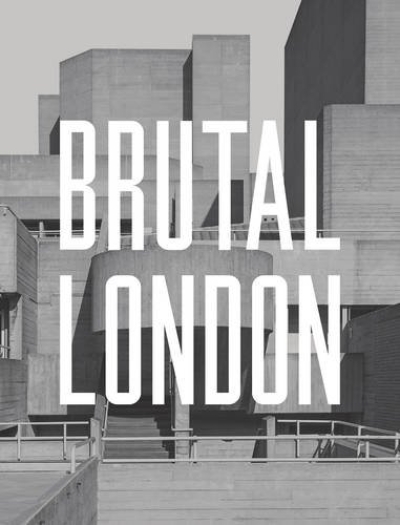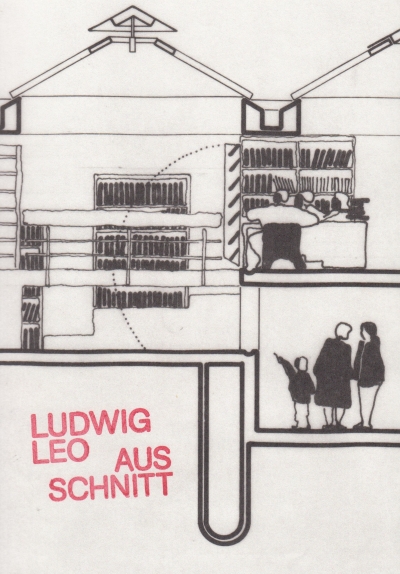
Ludwig Leo. Ausschnitt
Ludwig Leo (1924–2012) war wohl der ungewöhnlichste Architekt im West-Berlin der Nachkriegszeit. Am bekanntesten ist sein zwischen 1967 und 1974 entstandener Umlauftank nahe des S-Bahnhofs Tiergarten – eine Hightech-Anlage für Versuche mit Schiffsmodellen, die sich aus einer 120 Meter langen, vertikal aufgestellten, rosafarbenen Rohrschleife und einer darauf aufsitzenden blauen Laborhalle zusammensetzt.
Die Ausstellung Ludwig Leo – Ausschnitt richtet den Blick gezielt auf vier Projekte Leos um bisher unbeachtete Aspekte seiner Arbeit vorzustellen. Entscheidende Themen seiner Architektur waren verdichtete Raumfolgen, bewegliche Einzelelemente und die Konzeption von Räumen, durch die temporäre Gemeinschaften gefördert werden sollten. Im Mittelpunkt standen dabei immer die zukünftigen Nutzer der Bauten in ihrer Körperlichkeit und als soziale Akteure. Seine Ideen verfolgte Leo mit unnachgiebiger Konsequenz und legte sie in beeindruckenden Zeichnungen dar, die weitgehend unbekannt sind.
Neben den eigentlichen Bauten kann vor allem Leos Arbeitsweise auch heute noch inspirieren. Seine experimentelle Herangehensweise an die Bauaufgaben, das bedingungslose Hinterfragen planerischer Konventionen, das Erfinderische im Detail, der Fokus auf den Menschen und das ganzheitliche Denken von Architektur in komplexen Bezügen verkörpern eine Haltung, die noch immer relevant ist – denn die Frage nach der Realisierbarkeit engagierter Architektur steht weiterhin im Raum.
Die Ausstellung findet in einem 5,6m2 großen Galerieraum statt, wodurch sie sich programmatisch auf die Raumdichte in Leos Entwürfen bezieht. Sie basiert auf langjährigen Forschungen der Beteiligten und kombiniert unpubliziertes Material aus dem Nachlass des Architekten im Baukunstarchiv der Akademie der Künste in Berlin mit einem speziellen Schnittmodell, einem aufwändigen Animationsfilm sowie aktuellen Fotografien, die eigens für die Ausstellung produziert werden um einzelne Aspekte von Leos Entwürfen gezielt herauszuarbeiten. Die Ausstellung wird durch Diskussionsveranstaltungen und Führungen begleitet. Es erscheint eine Publikation.
Ausstellung: Fr, 13. September bis So, 27. Oktober 2013, täglich 10-18 Uhr, Ort: Galerie die raum, Oderberger Straße 56, 10435 Berlin
Ludwig Leo (1924-2012) was perhaps the most unusual architect working in West Berlin in the post-war period. His best known work is the circulation tank (1967-1974) near to the Tiergarten S-Bahn station – a high-tech facility for testing models of ships, consisting of a 120 meter long pink circulation pipe, set on its side, topped by a blue laboratory hall.
The exhibition Ludwig Leo – Ausschnitt turns attention to four other projects of Leo, in order to display previously overlooked aspects of his work. Decisive themes in Leo’s designs were the idea of dense spatial sequences, movable elements, and spaces to encourage social contact. The future users of the buildings, as physical and social beings, were always at the centre of his designs. He pursued these ideas with extraordinary rigour, and explained them though impressive drawings, which are largely unknown.
Besides the actual buildings, Leo’s way of working can still be an inspiration today. His experimental approach to the project requirements, the unconditional questioning of planning conventions, the inventive detailing, the focus on people, and the thinking of architecture in complex relationships embody an attitude which can remind us of the true potential of architecture.
The exhibition takes place in a 5.6 m2 gallery space, which relates to the spatial compactness of Leo’s designs. It is based on many years of research by the participants, and combines unpublished material from the architect’s archive at the Academy of Arts in Berlin with a sectional model, an animation film, and contemporary photographs that were made for the exhibition to investigate particular aspects of Leo’s work. The exhibition will be accompanied by tours and symposia. There will be a publication.
leider vergriffen.


